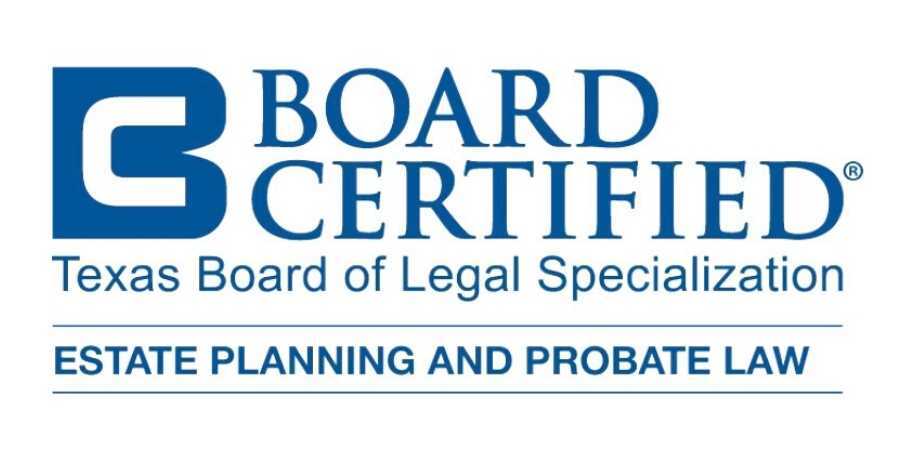My Top Pet Peeve
The woes of letters testamentary & small estate affidavit and what it takes to get them

I wanted to take a moment to talk about a little pet peeve that I have. This deals with what certain non-attorneys, like financial professionals from mainly banks and insurance companies, tell their clients that they need when they are they are trying to collect on life insurance benefits. This is also something that they say if they are trying to collect the funds that are might be in a bank account that didn't have a POD (pay on death) after their loved one has passed away.
So, what is my pet peeve that that they say, you ask? They say, "Oh, just go to your lawyer and get letters testamentary or letters of administration and if you can't get that I will even accept a small estate affidavit if that's what is that's available."
So, what happens next? My clients then come to me and say, "Hey, Mr. Dickerson, can you get me a letter testamentary so I can get this money out of the bank? Or a letter of administration will do fine, too. Or do we need a small estate affidavit?" The truth of the matter is, the banker or financial representative has now made my client believe, unfortunately, that our firm can just whip that out and they can then go over to the bank that same afternoon and go ahead and get their money out. Or they are now how a false sense of hope that they can just send these types of letters out to the insurance companies and they will send them a check. Well, what they don't tell you is that the lawyer doesn't get those for you directly. They don't we don't prepare letters testamentary. The county clerk prepares those, and they don't prepare any of that stuff until after we've gone through probate.
What are Letters testamentary?
"Letters testamentary" is what the executor receives when he or she is appointed. This is the executor's proof that he or she is duly appointed and authorized to act as the personal representative of the estate pursuant to a Will. But as I mentioned, to get that we have to file a probate and go through the probate process before we get them appointed and get those letters. Plus, getting those letters isn't just the end of it. There are duties and responsibilities that come with letters testamentary and letters of administration. Letters of administration are almost identical, except that they call them letters of administration because they are for somebody who died without a Will. So, the person is the administrator, not the executor and are court appointed and authorized to serve as a personal representative.
Once we have those letters; letters testamentary or letters of administration, we then have some duties. We have to file a notice to creditors. We have to do an inventory. We have to distribute the estate. As you can see, all those are additional things that come into play. So, when a financial representative tells our clients, "Oh, you just need to get us letters of administration, your lawyer can do that", it's not quite that easy.
Small estate affidavit
Now, let's talk about the small estate affidavit. The small estate affidavit is a is a great vehicle for somebody who maybe didn't have a large estate. Perhaps they didn't have a Will and didn't have any bills, or a bunch of debts and properties that we need to deal with. What happens then is, we write up the small estate affidavit, and it basically gives a whole history of the decedent, like when they were born, when marriage or marriages occurred, the children, siblings (if appropriate) and what properties they had and also when they died. This needs to be signed off by everyone who would receive from the estate, like the kids, grandkids., plus two disinterested witnesses would also need to sign off. This gets filed like a probate. We then have a hearing. In some jurisdictions, they do it by submission, meaning, you just submit it and after the judge looks it over, he or she will sign off on it and it'll be done. In Webb County, we do have to have a hearing, so we have our client prove up and they give testimony in support of the evidence that's stated in the affidavit. Then, they will be able to get the affidavit signed by the judge.
That affidavit obviously takes time and it's a lot more involved than just creating a quick document in our office. I hope this information has been helpful to you and I hope it clarifies what some of these different terms areas well as helps you understand that sometimes what some financial institutions or insurance companies might say things in a way that sounds like it is something really easy is, in actuality, something much larger and involves a longer process that needs to be thought through with other additional responsibilities once you get going. All right. Until next time. This is Joseph Michael Dickerson from The J.M. Dickerson Law Firm and if you would like to visit with us in person by appointment or by Zoom, contact us today by calling (956) 791-5422.


CONTACT INFORMATION






















